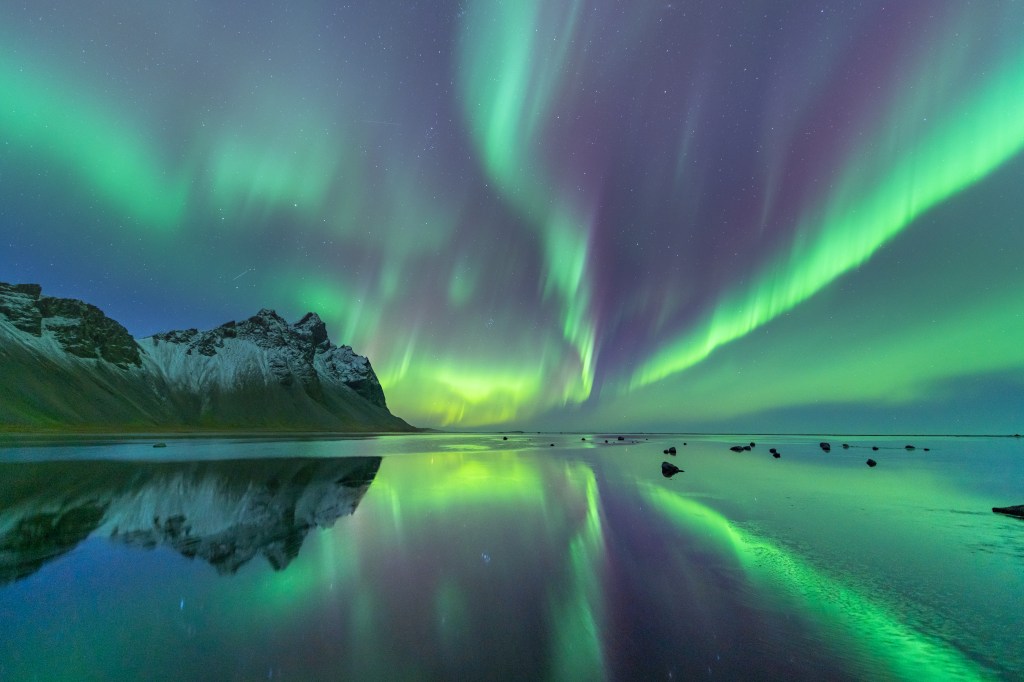Travel to Iceland is having its moment, with users of social media app TikTok flocking to search #iceland and #northernlights in droves. New booking data from Webjet confirms the craze to Forbes Australia.

The dancing green lights near the Arctic Circle, also known as the Northern Lights or the Aurora Borealis, are a phenomenon that lands on many peoples’ bucket lists. Most active between September and March, the lights are best seen from the northern-most parts of the world, like Sweden, Norway or Iceland.
And while they’re an attraction every year, this year in particular Australian online travel site, Webjet, has recorded a 44% increase in bookings to Reykjavik in the last four months, compared to the same period last year.
Interestingly, the booking surge has correlated with a surge in TikTok searches for #iceland and #northernlights, which garnered 15 million and 2 million views respectively in the last four months.
Of those booking to go to Iceland, couples (65%) and young millennials aged 26-35 (30%) are the most likely to be jetting off next year, while flights from Sydney are the most common. Data from Webjet also reveals Aussies are seeking a luxurious experience, with business class cabins accounting for 13% of bookings.
About one-in-three travellers to Iceland are choosing to do the trip solo, while 65% are couples – and more than half are between the ages of 18 and 35.
According to Webjet, the sudden rise in interest in Iceland also correlates to an uptick in bookings for outdoor and sports activities over the past year. The travel site’s experience partner, Klook, reported a near-70% increase in ‘outdoor and sports’ activity bookings between July 1 and October 19 2023 compared to the same period last year.
And TikTok’s picked up on that too: hashtags like #hiking (40 million), #waterfall (22 million), and #mountain (20 million) continue to go viral on the Aussie For You Page.
But why is Iceland trending?
Recent reports have found that the chance of seeing the Aurora Borealis will be at an all-time-high over the next two years because of the sun’s position in its 11-year cycle.
In 2024/2025, Solar Cycle 25 (the current solar cycle) will reach its Solar Maximum – or the peak of the sun’s activity. It’ll be earlier, stronger and last longer than experts at NOAA’s Space Weather Prediction Centre first estimated back in 2019.
The Northern Lights occur when solar activity enters our atmosphere via electrically charged particles. The Solar Maximum is a period when large solar storms occur – which will likely result in be higher Northern Lights activity.
While you can spot the Northern Lights all year-round, they’re best between November and March when skies are at their darkest – and from points closest to the Arctic Circle, like Iceland.
Look back on the week that was with hand-picked articles from Australia and around the world. Sign up to the Forbes Australia newsletter here or become a member here.


